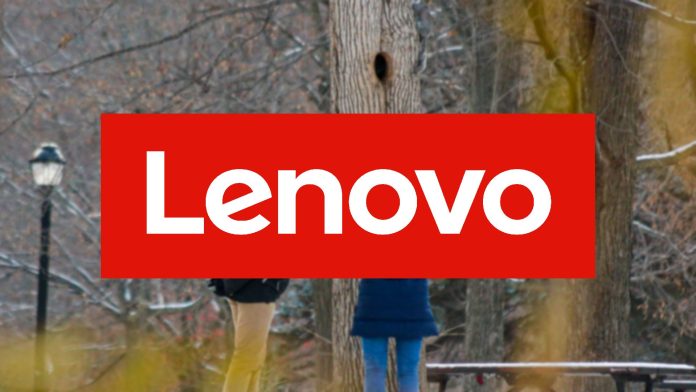At the breathtaking heights of the Qinghai-Tibet Plateau, where the snow leopards roam and the winds whisper age-old secrets, a revolutionary project is reimagining wildlife conservation. This summer, the Xining Wildlife Park, affectionately known as QWP, unveiled its transformation into one of the world’s first high-altitude, AI-enabled wildlife sanctuaries. Filmmaker Lu Chuan showcased this innovative endeavor at the prestigious 78th Cannes Film Festival, drawing attention to a new frontier in conservation.
QWP is far more than just a traditional zoo; it embodies a philosophy that respects all life forms—ranging from the minuscule pika to the majestic Tibetan antelope. The park actively rescues and rehabilitates injured wild animals, returning them to their natural habitats when feasible. For those unable to fend for themselves in the wild, QWP serves as a sanctuary—a “living station” dedicated to care and dignity.
Yet, operating at almost 15,000 feet poses unique challenges to wildlife caretakers. Snow and extreme weather, coupled with thin air and rugged terrain, create an environment that demands innovation. This is where Lenovo’s vision of “Smarter AI for all” comes into play, equipping field teams with cutting-edge tools tailored for such extreme conditions. AI-driven resources—including real-time weather monitoring and precision behavior analysis—reinforce the park’s conservation efforts.
Key components of this AI-enabled sanctuary include:
- Snow Leopard Behavior Recognition System: This AI-powered platform is crucial for breeding, monitoring, and behavioral research. By integrating Lenovo’s edge-computing devices with advanced computer-vision analytics, the system transforms extensive behavioral datasets into user-friendly visualizations, aiding caretakers and researchers alike.
- Individual Wildlife Data Records: Every inhabitant of QWP has a comprehensive electronic record that captures daily health checks and treatment histories, enhancing the standardization and traceability of animal care.
- Smart Rescue & Breeding Infrastructure: In sensitive areas of the sanctuary, sensors continuously monitor temperature and humidity, maintaining safe habitats for the wildlife. Real-time alerts ensure that staff can respond quickly to extreme weather conditions, while a digital medical system tracks and manages health data for every animal.
The documentary showcased at Cannes by Lu Chuan highlights both the stunning beauty of this high-altitude ecosystem and the intricate lives of endangered species. It does not only provide entertainment but also sparks reflection about the interwoven fates of humans and wildlife.
During the film screening, Lenovo led a seminar with industry figures like Greg Reitman, Hollywood’s “Green Filmmaker.” He remarked, “Technology really is the bridge to a deeper understanding of wildlife. We can’t physically interact with animals like leopards or elephants without impacting them—but with AI and machine learning, we can observe, track, and understand their habitats in powerful new ways. There’s a kind of respect for nature that emerges from this approach, and I believe it’s the future of conservation.”
In the realm of small business, this movement toward technology-driven conservation practices could inspire various industries, from tech startups to local wildlife parks. Business owners can glean valuable lessons: leveraging technology not only aids operational efficiency but can also enhance community engagement and environmental responsibility.
For brands involved in technology or conservation-oriented sectors, this collaboration between Lenovo and QWP outlines a blueprint for innovation and empathy. Finding practical applications for AI tools can boost business models and create goodwill among environmentally-conscious consumers. The key lies in harnessing technology smartly to align business objectives with planetary stewardship.
As the credits rolled in Cannes, the larger implications of QWP’s success reached beyond the immediate environment. It illustrates a model where technology integrates harmoniously with nature to foster understanding and conservation, providing a roadmap applicable to regions worldwide—from arid deserts to verdant rainforests. The future of wildlife conservation may very well rest on the principles of technology and empathy—principles that small business owners can adopt to make impactful changes in their own communities.
For further details, you can view the original press release here.
Image Via Envato: wirestock



